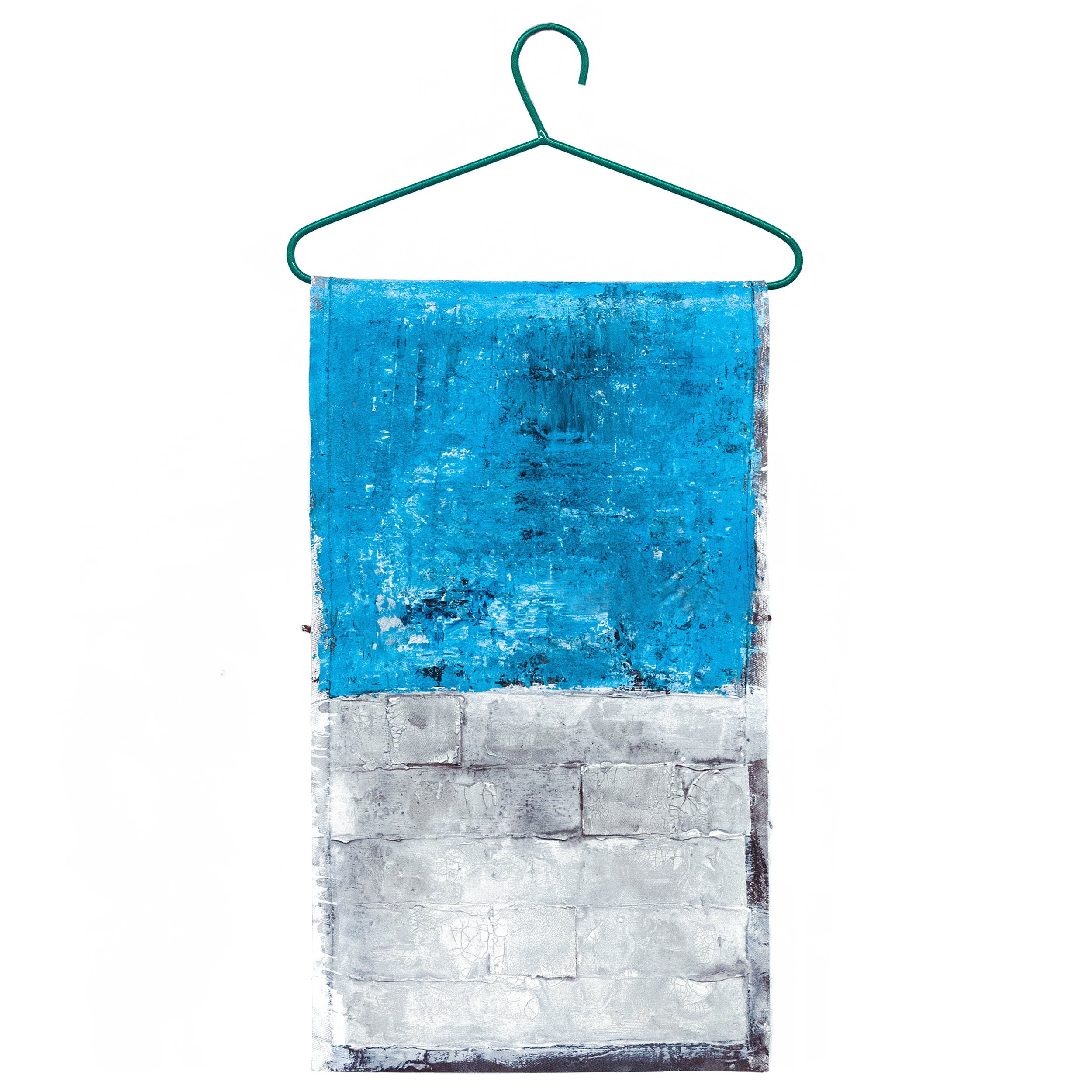
Dirty Laundry
VAN TUICO
February 24 - March 14, 2022
In this exhibition, Tuico gathers observations on the dominance of pessimistic and cynical views in mass and social media. These platforms seem to have transformed from their informative and educational stages to become a site where performative acts of engagement are practiced.
ABOUT THE ARTIST
Van Tuico (b. 1968) works with paintings, sculptures, and installations where he uses industrial materials as symbols of perception. His works intend to translate construction materials into a concrete language built by loading additional weight and layers of significance. He has exhibited his works in several solo and group exhibitions across the Philippines, Malaysia & Singapore.
Featuring works that are symbolic of the blurring lines between public and private matters in the age of social media, Van Tuico’s solo exhibition asks the familiar and yet essential question, “Is it necessary to air one’s dirty laundry in public?”
In this exhibition, Tuico gathers observations on the dominance of pessimistic and cynical views in mass and social media. These platforms seem to have transformed from their informative and educational stages to become a site where performative acts of engagement are practiced. Thus, Tuico reflects on the integrity and sincerity of content in this era where everything can be manufactured, produced, and coerced. These thoughts are materialized in the works in the exhibition where hanging clothes are presented. The artist’s reflections are embedded in works that integrate painting, sculpture, and installation. Here, you are privy to one side and you become completely unaware of what the other side can reveal. Tuico encourages the viewers to interact with the work, carefully switch the display, and examine the areas in the painting where some details and fragments seem to open up new possibilities for image-making. Thus, the activity positions the viewer to become as close as possible with the work while reconfiguring a way to experience the intimacy of looking and understanding ---the opposite of what social media does in attracting loose, loud, and detached reactions that seek only to find an audience who sees but never to encourage them into a deeper understanding of what has been published.























